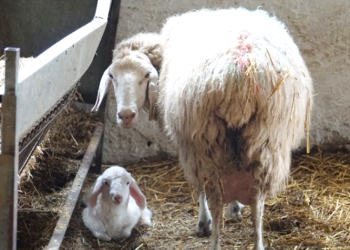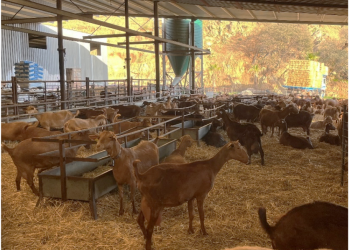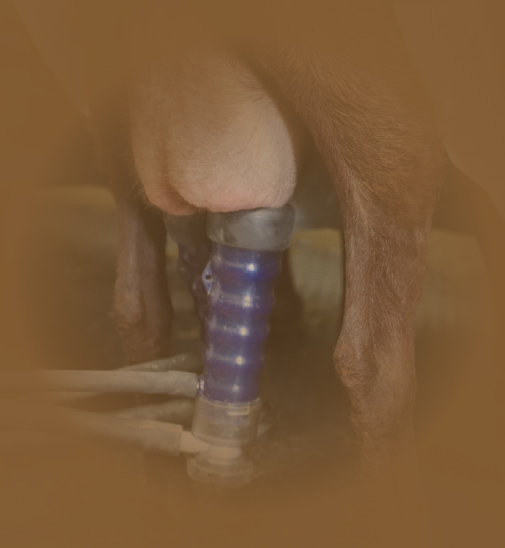Antibiotic resistance is a global problem, with serious implications for both animal and human health. However, its effects go beyond the health sector. Resistant bacteria cause significant economic losses, primarily due to increased disease incidence and reduced productivity. How does this problem specifically affect the sheep and goat sector?
The problem of resistance
Antibiotic resistance is a current problem and a future challenge on sheep and goat farms. It complicates the treatment of common diseases such as respiratory infections, mastitis and lameness. Beyond its health and animal welfare implications, this problem also has significant economic consequences for producers.
It is estimated that resistance can cause productivity losses of more than 15% (Herawati, O., 2023)
The origin of these losses is the increase in morbidity and mortality rates from infectious diseases.
Persistent infections reduce animal productivity, causing problems such as growth retardation, reduced fertility and low milk or meat production.
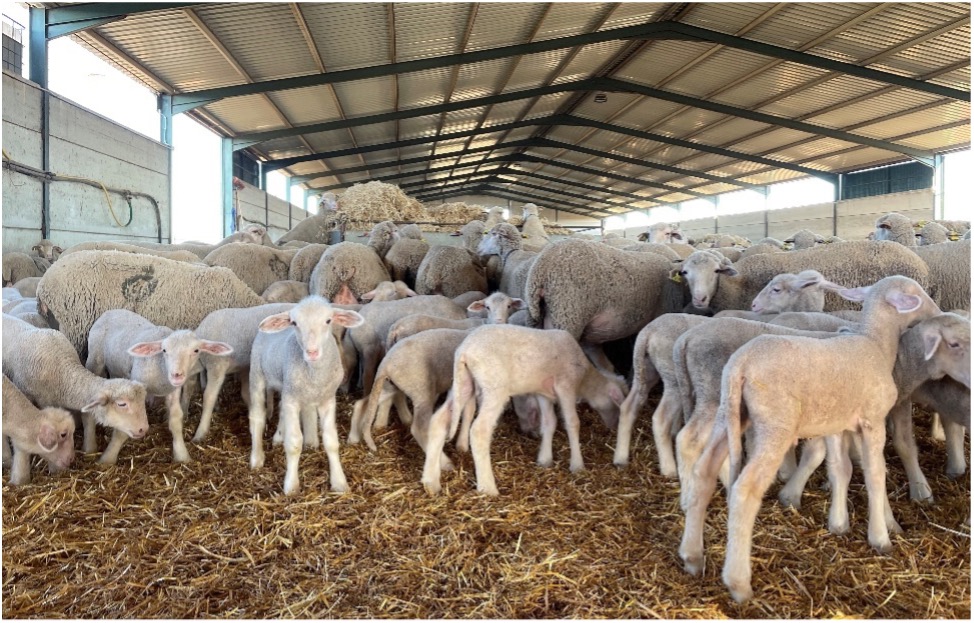
Examples of some diseases
- Mastitis
Some studies have shown that bacteria of the genus Staphylococcus spp have developed resistance to antibiotics commonly used in livestock.
This poses a significant risk, as these are the most prevalent mastitis-causing pathogens in sheep and goats. Animals with treatment-resistant infections will have lower milk production and quality.
In a study to evaluate resistance, S. aureus was resistant to all antibiotics tested
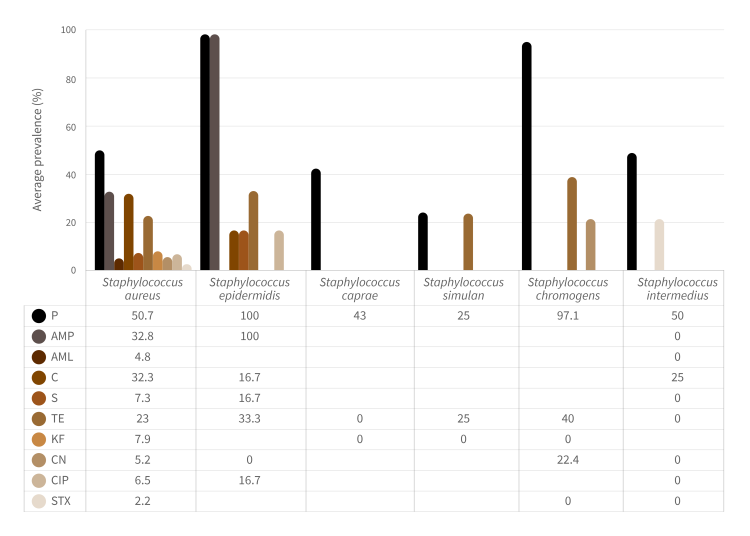
- Caseous lymphadenitis and abscesses:
The development of abscesses, mainly in lymph nodes, skin and viscera, is common in small ruminants. The bacteria commonly involved include Staphylococcus, Streptococcus, Corynebacterium and Pseudomonas.
Annual losses due to abscesses in small ruminants are estimated at US$17 million (Herawati, O., 2023)
Resistant strains can aggravate this disease, and the economic consequences can be considerable. Abscesses reduce the quality of the meat and can lead to the carcass being condemned at the slaughterhouse. In addition, the disease can cause emaciation, infertility and even death in affected animals. In some cases, abscesses may develop in the udder, causing a reduction in milk production (Hatem, M.E., 2013).
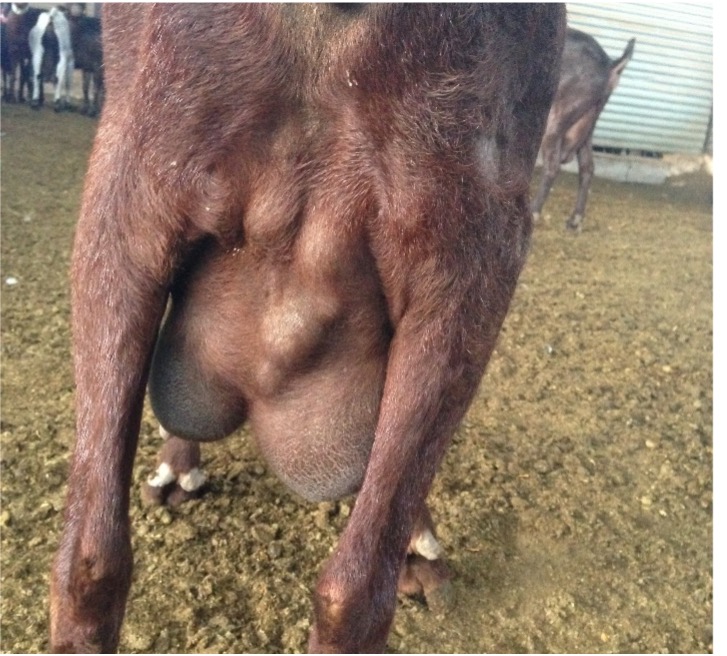
- E. coli:
A report by the European Food Safety Authority (EFSA) concluded that E. coli is the most significant antibiotic-resistant bacteria in sheep and goats in Europe.
This bacterium causes diarrhoea and septicaemia in lambs, so ineffective treatments will lead to significant losses by increasing mortality rates in young animals.
Link to the report: https://www.efsa.europa.eu/sites/default/files/2021-10/9977.pdf
Conclusions
Reducing and preventing antimicrobial resistance in small ruminants must be a priority, as the health and economic consequences are significant and pose a threat to the sector.
Good management practices, biosafety, diagnosis and prophylaxis are key actions to this end.
Article written by:
Tania Perálvarez Puerta. Global Product Manager, Small Ruminants Franchise – HIPRA
References:
Herawati, O., et al (2023) The global profile of antibiotic resistance in bacteria isolated from goats and sheep: A systematic review. Veterinary World, EISSN: 2231-0916
Hatem, M.E., et al. (2013) Bacterial abscessation in sheep and goat in Giza governorate with full antibiogram screening. Glob. Vet., 10(4): 372–381.
